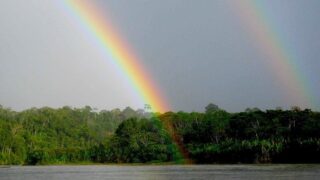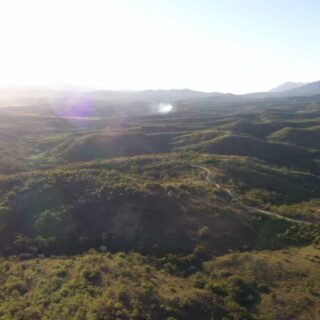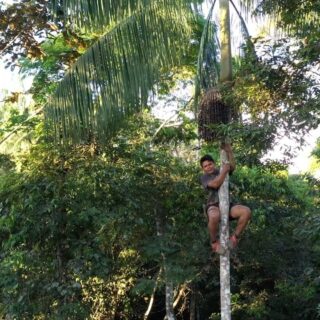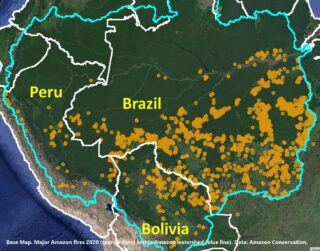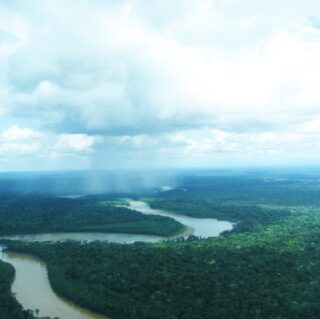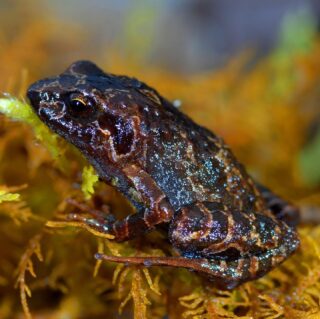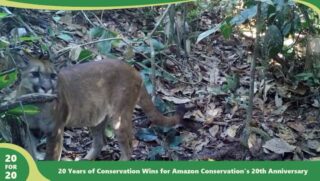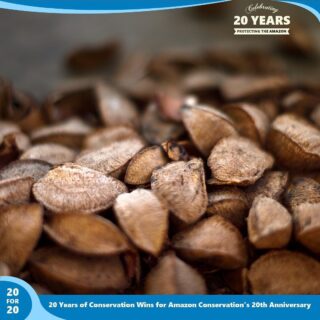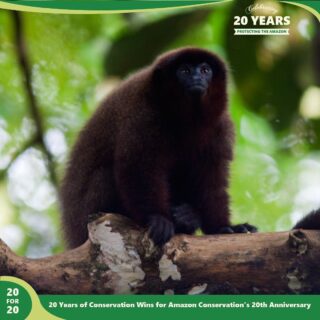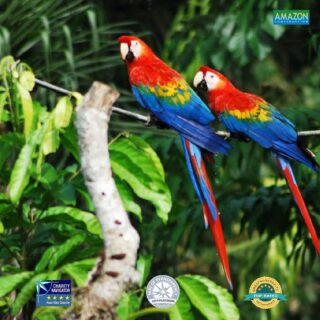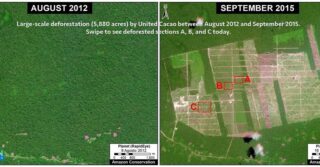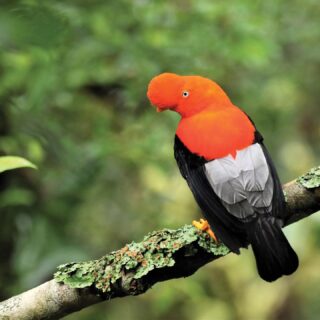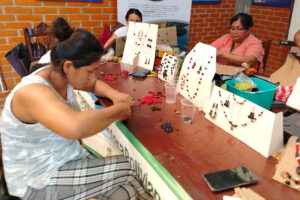
©Consejo Regional T’simane Mosetenes Pilon Lajas
The T’simane Mosetene Regional Council continues an ambitious project with the support of Critical Ecosystem Partnership Fund (CEPF) and WCS Bolivia, aiming to reduce threats to biodiversity across 400,000 hectares (988,000 acres) and empower Indigenous women as forest guardians. To achieve this, this initiative seeks to strengthen shared territorial management, empower women and youth, and promote financial sustainability and communication.
In the heart of Bolivia, where the snow-capped Andes Mountains merge with the Amazon, the Indigenous T’simane, Mosetene, and Tacana peoples face a constant struggle to defend their territory: the Pilón Lajas Biosphere Reserve and Native Community Territory.
This territory holds the dual designation of Biosphere Reserve, managed by the National Service of Protected Areas (SERNAP), and Indigenous Territory, managed by the T’simane Mosetene Regional Council (CRTM). It encompasses nearly 400,000 hectares (988,000 acres) of well-preserved forests and is home to unique biodiversity and cultures deeply connected to nature.
However, this natural and cultural wealth is under threat. Illegal mining, forest fires, infrastructure expansion, and unauthorized development endanger not only the ecosystem, but also the livelihoods and identity of its inhabitants.

©Consejo Regional T’simane Mosetenes Pilon Lajas
Faced with these challenges, the T’simane Mosetene Regional Council has taken a leading role in defending its territory through an ambitious project with the support of CEPF and in partnership with WCS Bolivia, aiming to reduce threats to biodiversity and empower Indigenous women, strengthening territorial governance, and promoting sustainable livelihoods.
A Comprehensive Approach to Conservation
The project is structured around three strategic pillars: strengthening shared territorial management; empowering women and youth; and ensuring financial sustainability and communication.
The first pillar involves close coordination between SERNAP and CRTM. Through this pillar, patrols done by a security force composed of park rangers and community representatives, have been intensified. In addition, training workshops are being organized to improve their capacity to respond to forest fires and to monitor and report illegal activities, such as gold mining.
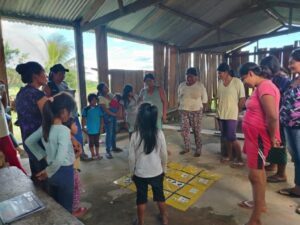
©Consejo Regional T’simane Mosetenes Pilon Lajas
The second focus area prioritizes training in leadership, Indigenous rights, and sustainability. Women from four communities have launched productive enterprises. Some produce essential oils and dehydrated Amazonian fruits, while others provide food services to tourists. This generates income and improves local food security.
The third focus area is identifying and adapting sustainable financing instruments and ensuring the equitable distribution of benefits. Additionally, the CRTM’s communication capacities are being strengthened, integrating a gender perspective into its operations.
Women at the Frontlines of Conservation
One of the project’s most inspiring achievements is the leading role assumed by Indigenous women. The CRTM is currently led by a strong female leader, Magaly Tipuni.
With the support of their communities, the community’s women have built artisanal facilities for extracting essential oils to produce high-quality products that are already being sold. This process improves local family economies and, at the same time, reinforces the role of these women as guardians of the forest and their territory.
These initiatives are aligned with the “Management Plan and Life Plan of the Reserve.” This is a strategic document developed by the CRTM and SERNAP, which guides the sustainable management of the territory and the conservation of its biodiversity.
Regional and Global Impact of a Model for Hope
The project’s focus extends beyond the local level. By conserving the forests of Pilón Lajas, it protects one of the planet’s largest carbon sinks and freshwater sources. Furthermore, it promotes the responsible consumption of Indigenous and sustainable products, raising awareness about the importance of preserving these forests.
This initiative also demonstrates that effective conservation is possible when Indigenous leadership, especially that of women, is recognized and strengthened. When faced with multiple threats, the T’simane, Mosetene, and Tacana peoples are building a development model in harmony with nature, based on ancestral knowledge, community organization, and local innovation.
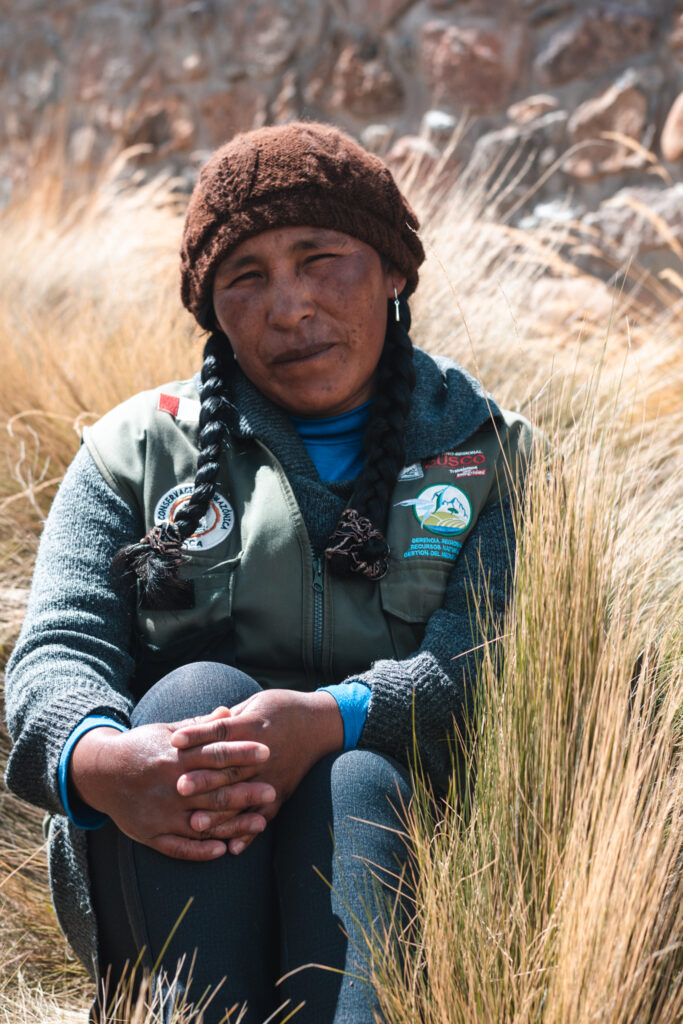




